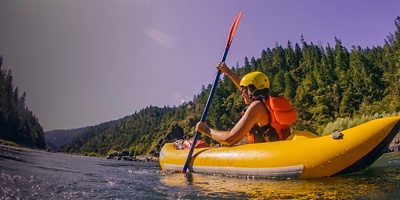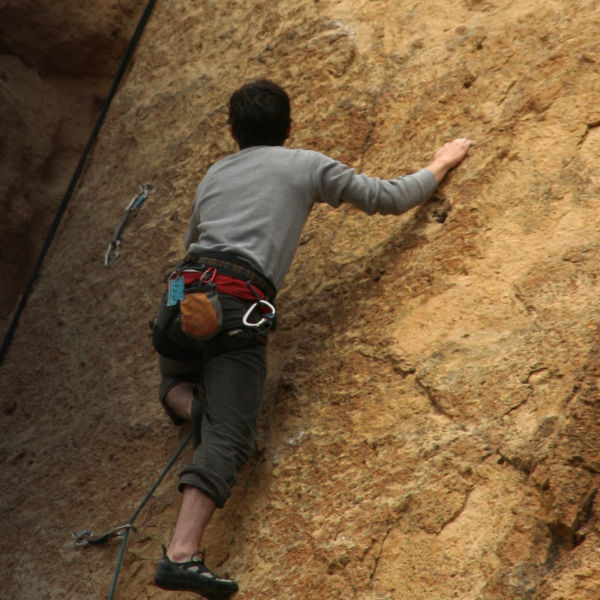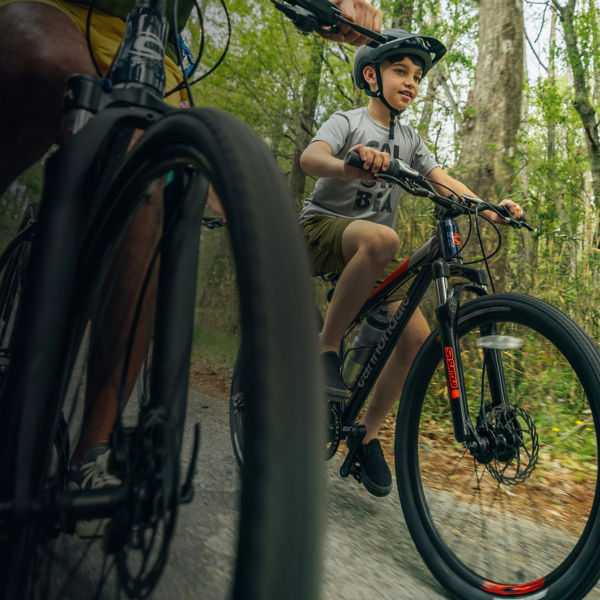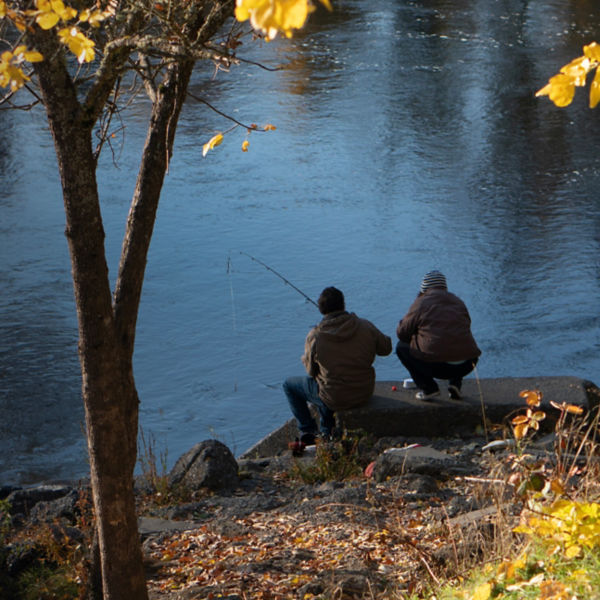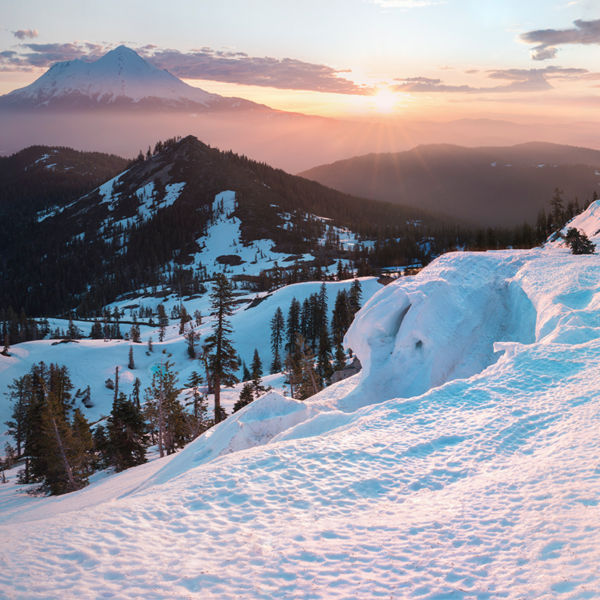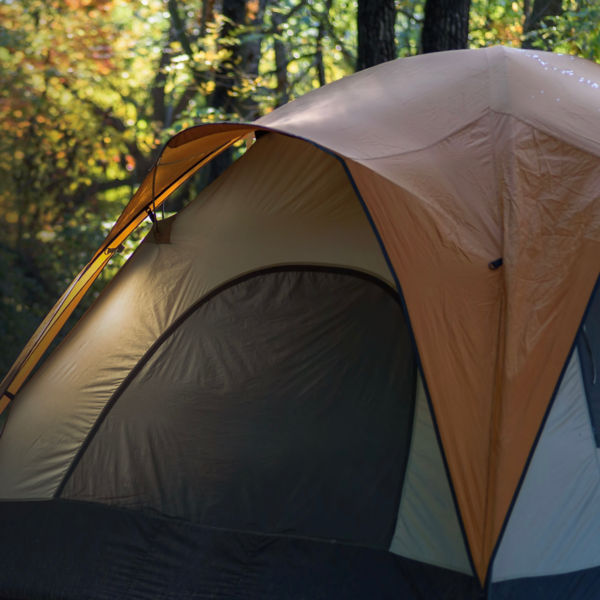
Hollywood has made a habit of turning to southwest Oregon’s Rogue River for a stunningly scenic backdrop. When movies like Meryl Streep’s The River Wild or John Wayne’s Rooster Cogburn need a river with sparkling clear water, salmon runs, towering canyons, lush foliage and cascading waterfalls, the Rogue delivers. These pristine attributes combined with the Rogue’s characteristic variety—boasting both world-class whitewater sections and mellower, family-friendly floats—make it a sought-after destination for rafting, kayaking and inflatable kayaking as well.
One of the original eight rivers named in the Wild and Scenic Rivers Act of 1968, the Rogue flows westward for about 215 miles from its headwaters near Crater Lake in the Cascade Range through a series of mountains and valleys before reaching the Pacific Ocean at the town of Gold Beach. Its 124 miles of federally designated Wild and Scenic River begin at its confluence with the Applegate River west of Grants Pass, where the river veers north, flowing through rugged Hellgate Canyon. It the turns west at Grave Creek, where the Wild section begins as its cuts through the northern Klamath Mountains. Wherever you go, expect a refreshing time out on the water and some of the best scenery and wildlife—from bears and turtles to eagles, osprey and even newts—of any river in the country.
Upper Stretches
The upper reaches of the Rogue, between Grants Pass and the Grave Creek put-in for the multi-day section, don’t require any permits and offer numerous put-ins and takeouts for sections ranging from Class II-III Hellgate Canyon and milder sections suitable for inflatable kayaks. Put-in/takeout options for everything from half- to full-day trips include Robertson Bridge County Park, Hog Creek County Park, Indian Mary Park, Rand Recreation Area, Alameda County Park, Argo Bar and more. For accommodations, try riverside Galice Resort, operated by the Thomason Family for 42 years and offering historic cabins, bunkhouses, cottages, and guest houses. To take your adventure up a notch, use an outfitter to raft the Nugget or “City” section, near Interstate 5 in the Rogue Valley at Gold Hill, featuring two splashy Class IV rapids.


